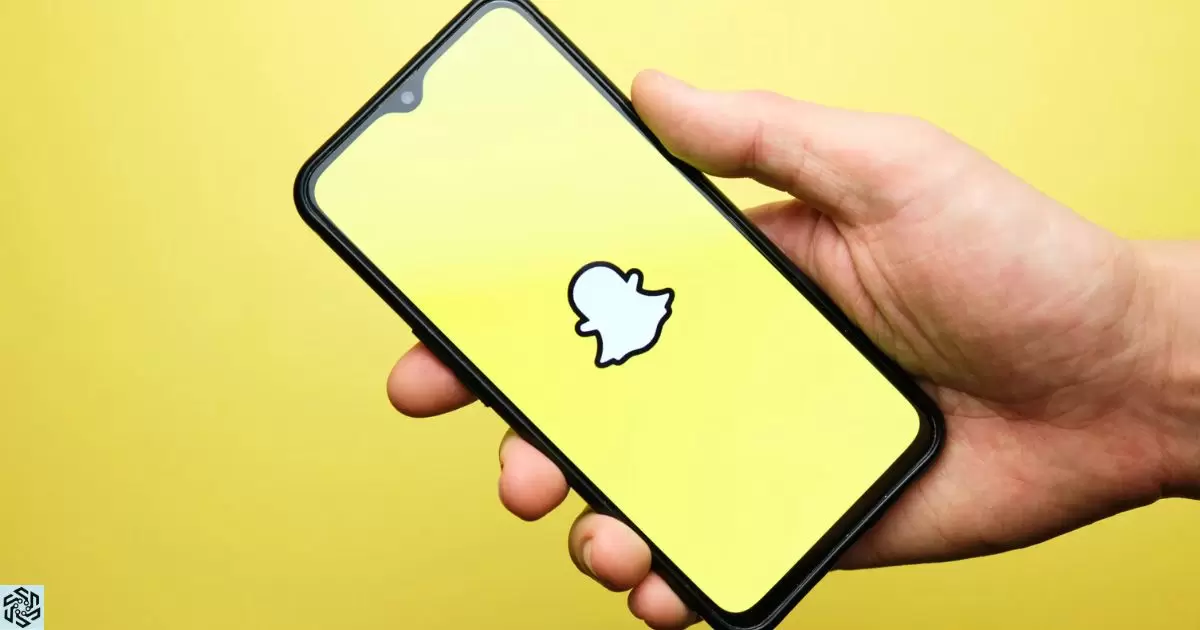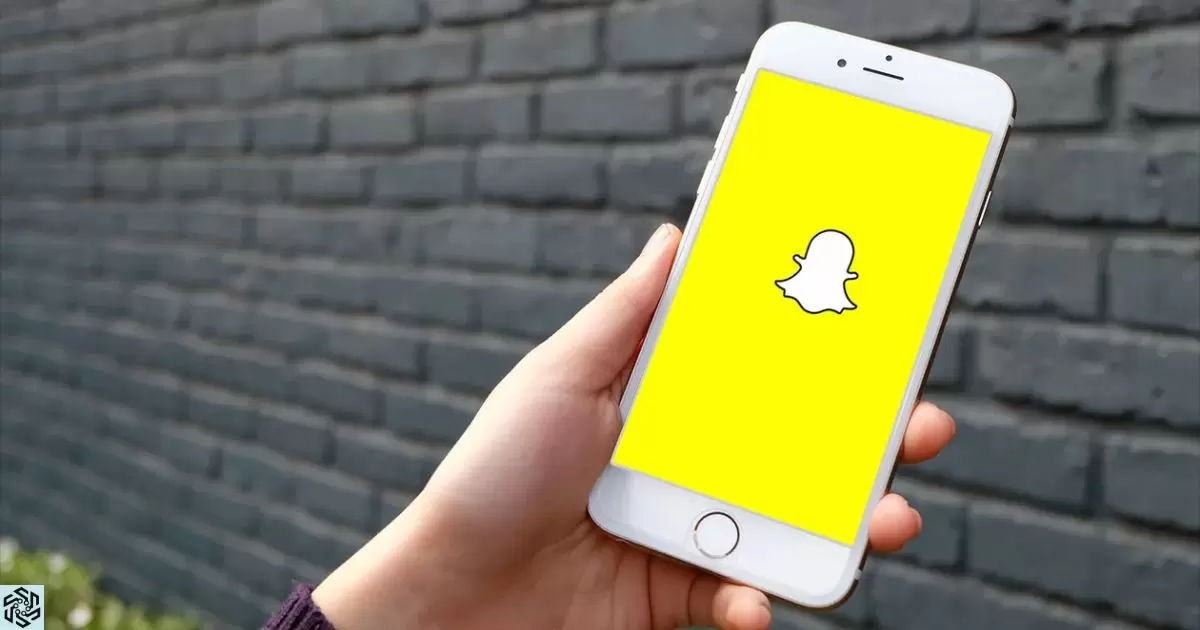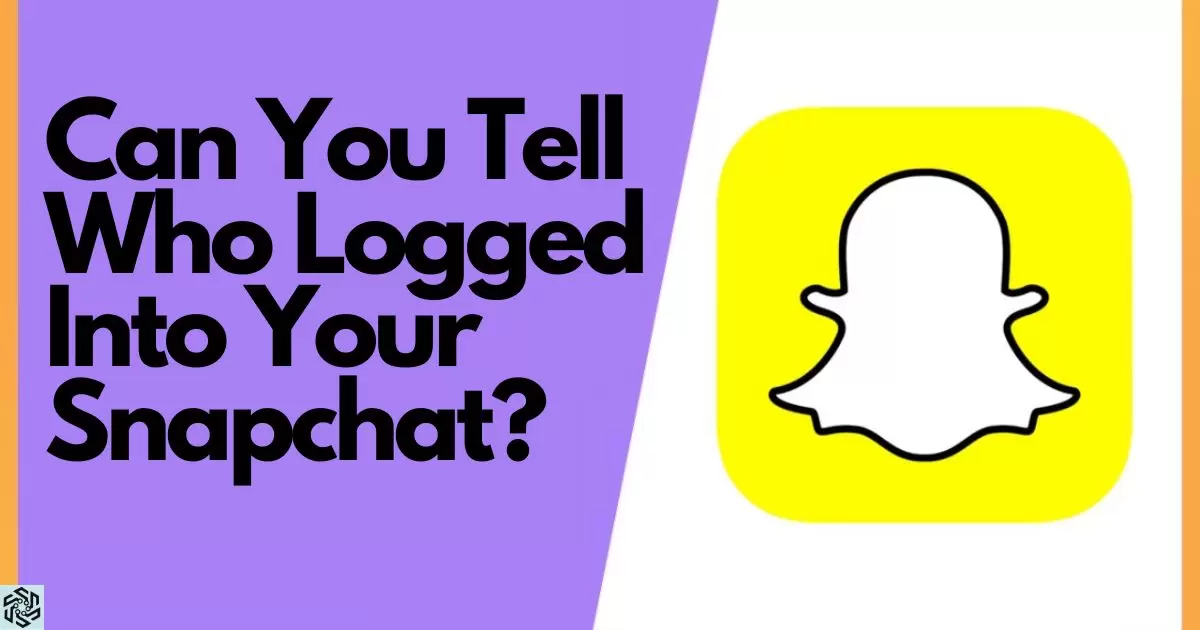Snapchat logged in refers to the action of accessing and entering a user’s Snapchat account. When someone logs into their Snapchat account, it means they have successfully entered their username and password, gaining access to the platform.
Have you ever wondered, can you tell who logged into your Snapchat? The curiosity about who might be accessing your Snapchat account is a common concern among users. In a world where privacy is valued, knowing if someone else has logged into your Snapchat can be crucial.
Snapchat offers some security features to help users monitor their account activity. While the platform does not directly notify you about who specifically logged into your account, it provides tools to enhance security. Users can enable two-factor authentication, which adds an extra layer of protection by requiring a verification code in addition to the password.
Snapchat Login Activity Overview
The Snapchat Login Activity Overview provides users with a comprehensive look into the access points of their accounts. It serves as a centralized hub where individuals can review the history of their Snapchat logins. This feature offers valuable insights, detailing the devices and locations associated with each login.
Users can easily track the frequency of their logins, enabling them to identify any irregularities or unauthorized access promptly. The Snapchat Login Activity Overview plays a crucial role in maintaining account security and ensuring users stay informed about their account interactions.
Ensuring Snapchat Security And Key Considerations
Ensuring Snapchat security involves prioritizing key considerations to safeguard your account. It’s essential to be mindful of who accesses your Snapchat and take proactive steps to protect your personal information. Utilizing features like two-factor authentication adds an extra layer of defense against unauthorized logins.
Regularly reviewing your login history and ensuring that only trusted devices have access are crucial practices in maintaining the security of your Snapchat account. By staying vigilant and implementing these key considerations, users can enjoy a more secure and private Snapchat experience.
Understanding Snapchat Account Access

Accessing Snapchat Account: To use Snapchat, users need to log in by entering their username and password.
Device Authorization: Users can authorize specific devices to access their Snapchat account, adding an extra layer of security.
Account Privacy Settings: Snapchat provides privacy settings that allow users to control who can view their snaps and stories.
Snapchat Permissions: Users can grant or revoke permissions for third-party applications linked to their Snapchat account.
Reviewing Account Access: Regularly reviewing the devices with access ensures users stay informed about who can log into their Snapchat account.
Importance Of Monitoring Snapchat Account Activity
Monitoring your Snapchat account activity is crucial for maintaining security and privacy. By regularly checking your login history, you can identify any unauthorized access and take prompt action. This vigilance helps protect your personal information and ensures that your account is used only by trusted individuals.
In an era where online privacy is paramount, staying informed about who accesses your Snapchat account adds an extra layer of control and peace of mind. Make it a habit to review your account activity to keep your Snapchat experience secure.
Tools For Snapchat Security With Two-Factor Authentication
| Tools for Snapchat Security with Two-Factor Authentication |
| 1. Two-Factor Authentication (2FA) |
| Enable 2FA for an additional layer of account security. |
| 2. Verification Code Requirement |
| Ensure that a unique verification code is needed along |
| with your password for enhanced authentication. |
Enhance your Snapchat security by leveraging Two-Factor Authentication (2FA). Enable this feature to add an extra layer of protection to your account, requiring a unique verification code in addition to your password.
Reviewing Your Snapchat Login History
Reviewing your Snapchat login history is a crucial step in maintaining account security. By regularly checking the login history, users can identify any unauthorized access to their accounts. This feature allows you to review the devices that have logged into your Snapchat, including the date and time of each login.
Being vigilant in monitoring this history enables you to spot any suspicious activity promptly, empowering you to take necessary actions to secure your Snapchat account.
Identifying Unauthorized Snapchat Access

Anomalies in Login Locations: Regularly check the locations where your Snapchat account has been accessed. If you notice unfamiliar locations, it may indicate unauthorized access.
Time Discrepancies: Monitor the timestamps of Snapchat logins. Unexpected login times, especially when you are not using the app, could signal unauthorized access.
Device Recognition: Keep an eye on the list of recognized devices in your Snapchat settings. If an unknown device appears, it’s essential to investigate and secure your account.
Account Activity Alerts: Enable Snapchat’s account activity alerts to receive notifications of any unusual login attempts, providing a proactive approach to identifying unauthorized access.
Password Changes: If you ever suspect unauthorized access, promptly change your Snapchat password to prevent further unauthorized use and enhance your account’s security.
Best Practices For Snapchat Account Protection
Implementing best practices for Snapchat account protection is essential to safeguard your personal information and maintain privacy. Start by enabling two-factor authentication, adding an extra layer of security beyond your password. Regularly review your login history on Snapchat to ensure that only authorized devices have accessed your account.
Be cautious about third-party apps and only download from official sources to avoid potential security risks. Changing your password periodically and creating a strong, unique combination further fortifies your Snapchat account against unauthorized access.
Enhancing Privacy On Snapchat With Tips And Tricks
- Strengthen your Snapchat privacy by enabling two-factor authentication for an extra layer of security, and if you ever find yourself wondering, why is my flash not working on Snapchat, explore our troubleshooting tips to ensure a seamless and enjoyable experience.
- Regularly review your Snapchat login history to identify any unauthorized access.
- Be cautious about third-party apps and only use trusted services to enhance your Snapchat experience.
- Customize your privacy settings on Snapchat to control who can view your snaps and interact with your account.
- Educate yourself on the latest privacy features offered by Snapchat to stay ahead in protecting your personal information.
FAQ’s
How can I monitor my Snapchat account activity?
Enable two-factor authentication in your Snapchat settings for added security and regularly review your login history.
Does Snapchat notify me when someone logs into my account?
While Snapchat doesn’t send notifications for each login, you can stay vigilant by actively managing your account security settings.
What should I do if I suspect unauthorized access to my Snapchat?
If you suspect unauthorized access, change your password immediately and review the login history to identify any unfamiliar activity.
Conclusion
In the world of Snapchat, keeping your account secure is crucial. While you may not know the specific individuals who log into your Snapchat, the platform provides tools and features to bolster your account’s privacy. By enabling two-factor authentication, reviewing login history, and adjusting privacy settings, you take control of your Snapchat security.
Stay vigilant against unauthorized access, be mindful of third-party apps, and embrace the evolving privacy features. With these measures, you enhance your overall Snapchat experience, ensuring a safer and more private digital space.











